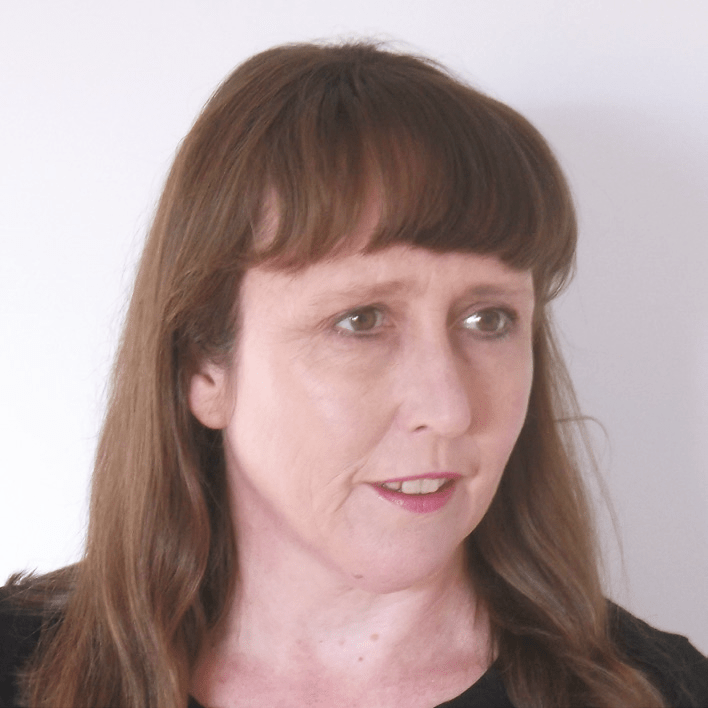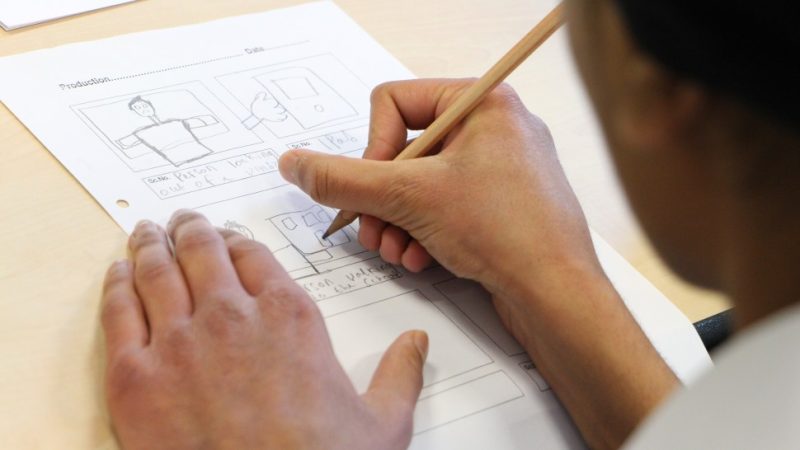If Your Classroom Is A Glorified Corridor, Go A Little Llewelyn-Bowen And Shuffle Things Around

Groups of desks, or rows? A moveable layout, or a few consistent safe spaces? Whatever you choose don't stick to the same dull design

- by Sue Cowley

I am lucky enough to visit lots of schools in my work providing CPD for teachers. While I’m there, I always like to have a nose around the classrooms.
Not only do I enjoy staring in wonder at all the amazing displays that teachers put on their walls, but I also love seeing how they decide to lay out their rooms.
Teachers have quite a bit in common with architects and interior designers. We adapt and change the spaces in which we work, to best suit the little people who are going to spend time in them.
We understand that there is a connection between the classroom space, and how our children are likely to feel and behave while in it. We know the value of texture, colour, levels, light and direction.
When it comes to classroom layout, one of the questions that stirs debate is whether it is better to set out your desks in groups or rows.
Often the reality is that your choice of layout is constrained by the space you have available, rather than by your take on the most appropriate pedagogy for primary. (More like an episode of George Clarke’s Amazing Spaces than one of Kevin McCloud’s Grand Designs).
Rows take more space than groups, so in a small classroom, there may be no option. Of course, there is nothing to stop you changing the layout of your space during lessons to suit the kind of learning your children are doing. Train your class to help you move the furniture and adapt the space. With everyone organised into an efficient, well-oiled team, it should take no more than a minute or two.
My first ever classroom was a classic ‘corridor’ space that had a door at either end. Because it was between two parts of the school that were awkward to move between in any other way, people would often pass through, muttering an apology and looking sheepish as they scurried past.
It got to the point where my ‘room as corridor’ became an in-joke between the children and me.
One day, the headteacher came in through one door, asked me something irrelevant, and then headed out of the other door. I looked at the children. They looked at me. We raised our collective eyebrows, sighed, then got back to our learning.
In the ‘pack away’ preschool that I help to run, we have to tidy everything away at the end of each day.
Although this is a pain for staff, it does mean that we have the opportunity to set up the space in a different way whenever we like.
Some areas remain constant to create a sense of security (carpet area, reading zone, children’s drawers), but others change, sometimes on a daily basis.
I often challenge staff to leave parts of the space empty, to allow the children more input into what goes on. It’s amazing what kids will come up with if you give them a load of empty cardboard boxes and a big open space to work in.
Thanks to the internet, it’s now easy to marvel at images of awe-inspiring schools from all over the world, and envy the staff who get to teach in them.
You may feel this especially keenly if you are stuck in a prefabricated hut that’s freezing in winter and boiling in summer.
Perhaps the most amazing space I’ve seen is this kindergarten in Japan.
The building was constructed around trees that form an integral part of the design, with incorporated nets so children can clamber around the trees as they play.
If you could plan your own ‘grand design’, and build a school from scratch, what would your space look like? Mine would be a tree house, with a retractable ladder and a secret password. Plus a sign on the door saying: ‘This is not a corridor. Even if you are the head.’
Sue Cowley is an author and teacher trainer, and she helps to run her local early years setting. Her new book Road School was published by Crown House in November.










